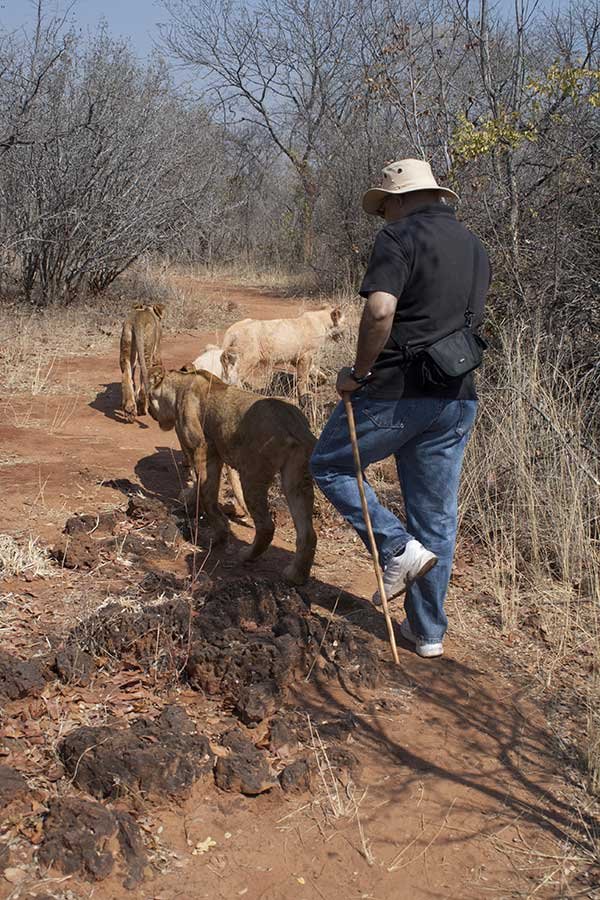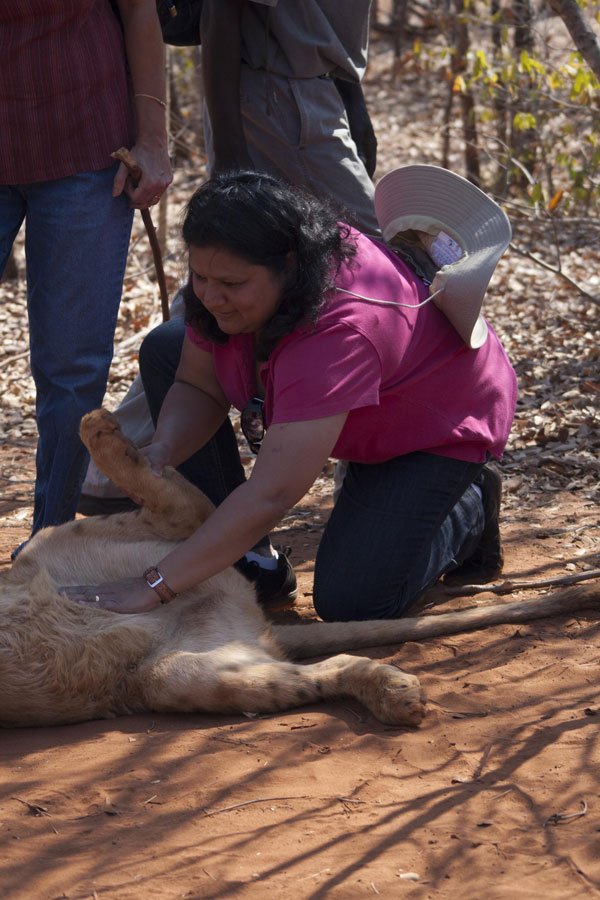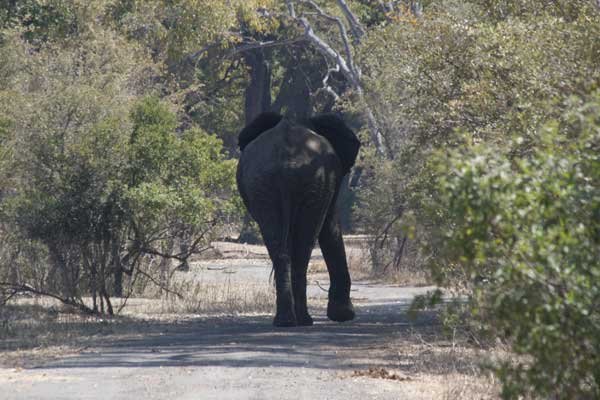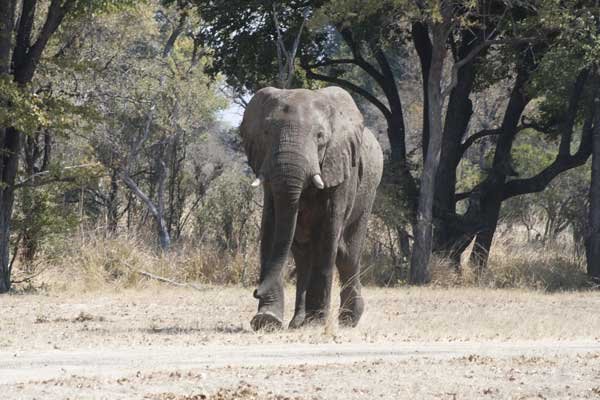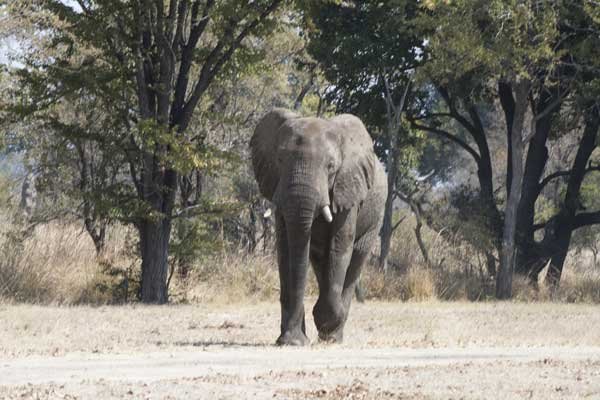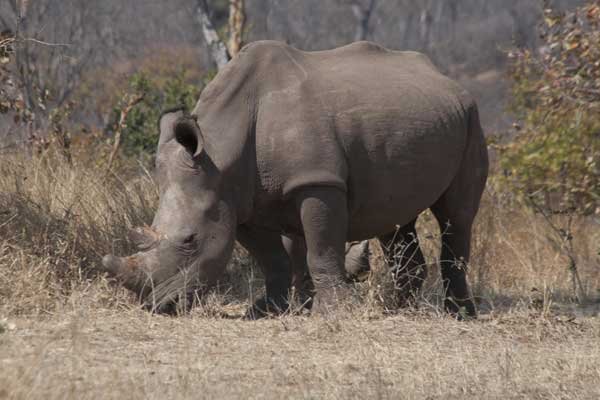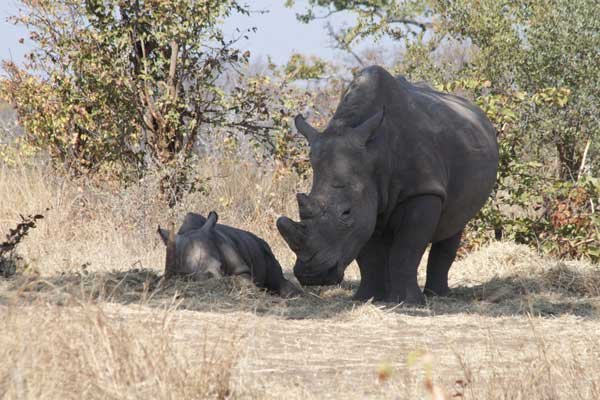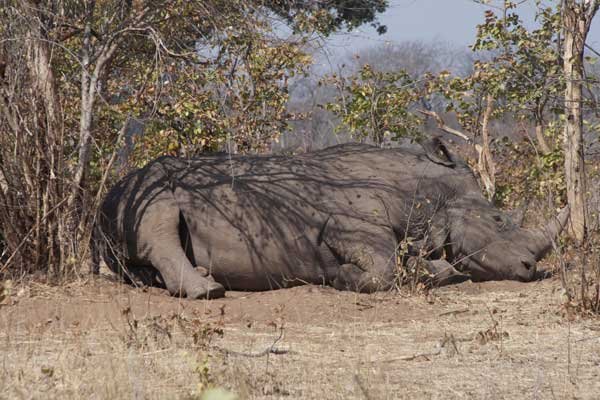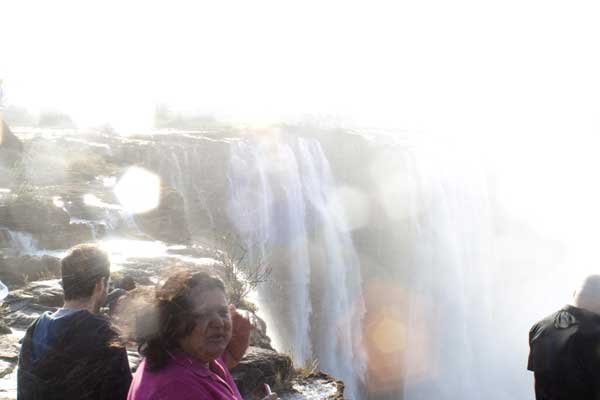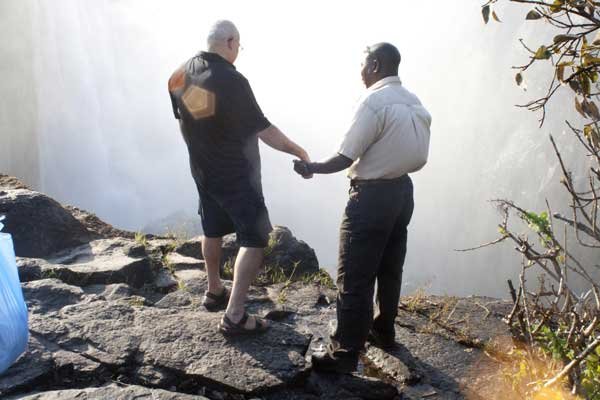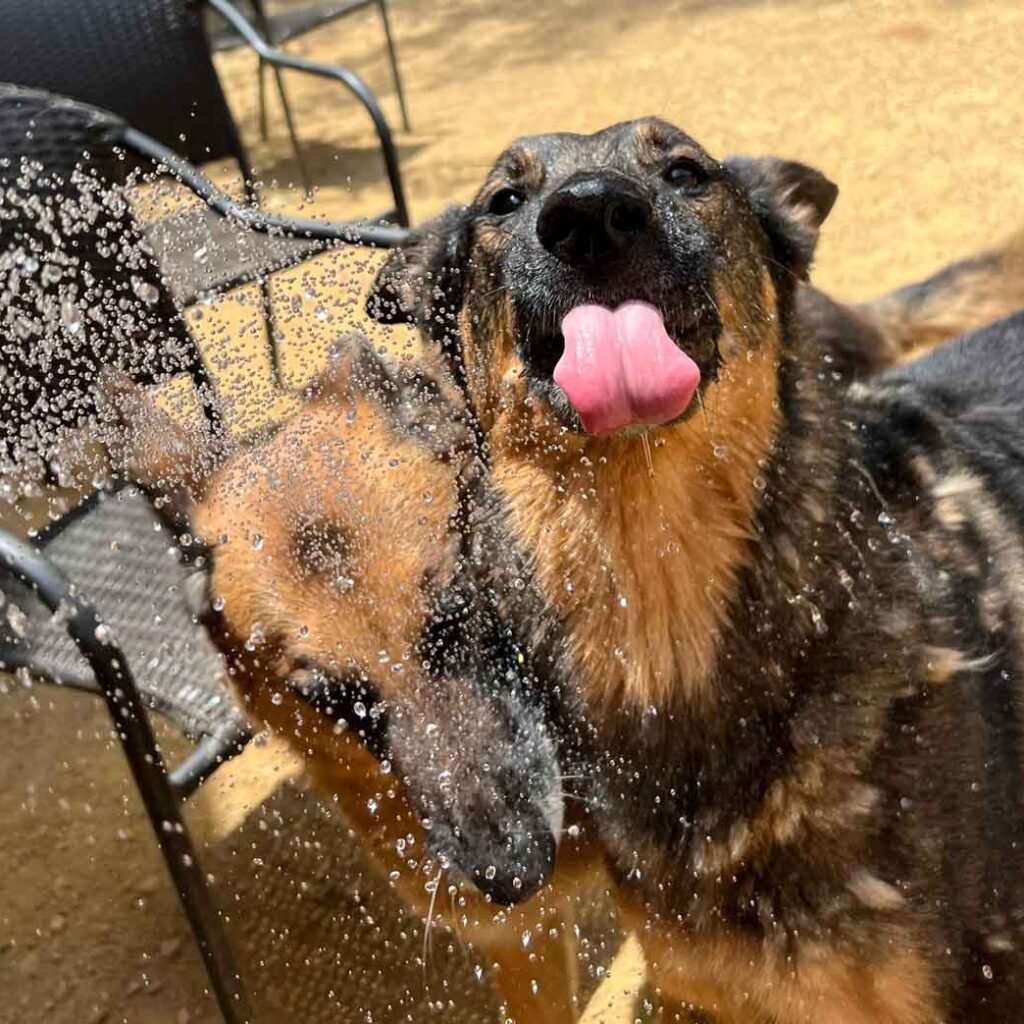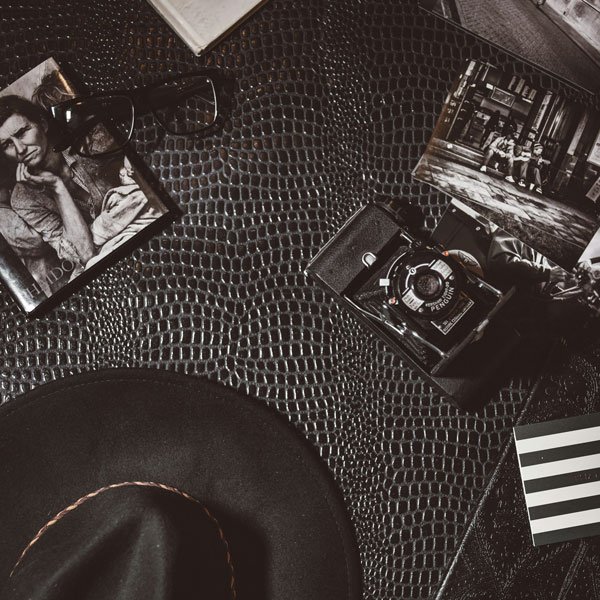An African Adventure
The trip to Zambia was a lifetime opportunity. From landing in Lusaka to living in the sugarcane farm, standing precipitously close to the thundering falls, walking with the lions, lounging with the cheetahs, and living in a game park amid wild animals.
The images depicted in this book are raw, real and taken by my son, Advait. Once you experience an African Safari, even the best-stocked zoos will turn you off.
We journeyed to two game parks in a tiny plane, stayed in one for three nights, and saw the last of the rhinos in another. Elephants and wild animals frequent the reception area in the game park, Mfuwe Lodge.
Our chalets, steps away from the main building, were guarded by alligators. At night a human guard took every guest to their chalet with the warning not to step out till morning.
I talked to one of the staff who had seen lions lounging outside the chalets in the morning. I saw the photograph of a lioness sunning herself outside the chalet where my wife and her sister stayed!
Every ardent safari-goer’s dream is to see the BIG FIVE: Elephant, lion, wild buffalo, rhino, and the reclusive leopard. Luckily we saw all of them: the leopard, just a glimpse.
I am not sure if I saw the leopard. Or, was my intense wish playing tricks? My wife and son claim they saw it. As Peter Zulu, our guide said, one has always to leave behind a wish to come back to fulfil it.
Lounging with the cheetahs
Cheetahs can attain speeds from 0 to 90 kms in three second! At such speeds most animals cannot see, but the cheetah has an image stabilizer built in. When they are off to catch its prey their head is the only part of the body which remains steady; the tail acts as a rudder in navigating sharp turns. The cheetah has tear marks on its face which helps reduce the glare during hunting in harsh sunlight.
Walking with the lions
“Always approach them from behind. Pet them firmly, otherwise they will feel ticklish. Do not touch their heads and paws. When you get near them, crouch down or they will feel threatened and will attack. If they roll over, distract them with the stick; do not touch their tail when they are lying down or sitting.
Talk to them when you approach them so you do not take them by surprise. They do not under stand any language; just keep talking. They are wild animals, they are not tamed. They have learned to co-habitat with humans. Their killing instincts are very much intact. When they are two years old, they will be released into the game park which is about 80,000 hectares.” These were the words of Farai, the lion minder before I approached the lions – Simba, Nelli, Luba, and Shingu – at the Mukuni Big Five Safaris, Livingstone, Zambia
The charge of the heavy brigade
We came upon this fellow in a bend in the road. We followed him like shady characters for about half a mile at a safe distance. When he saw us he charged at us. We reversed the jeep and left him in a cloud of dust.
Built like a tank
Three decades ago, there were 7,500 rhinos in Zambia. When we visited the country there are five! They are guarded with the lives of a dedicated group of forest rangers. The guide who accompanied us took us to an outpost in the Mosi-Oa- Tunya game park. One of the forest rangers hopped into our jeep and we drove for a couple of miles. The rhinos’ whereabouts are kept a secret. Wherever the rhinos fancy to wander the guards follow. They have shoot-at-sight orders in case of poachers. We left the jeep and travelled on foot for about five minutes. Under a tree we came upon this female and its calf.
The smoke that thunders!
The Victoria Falls is 1.74 ams wide, with about 1.2 km on the Zambian side and the rest on the Zimbabwean side. It is 111 mtrs high and it is impossible to see the whole width at one stretch, except as an aerial view. The Lozi speaking people call the Falls Mosi-Oa-Tunya, while the Tonga speaking people call it Shungu Namutitima. Both translate to “the smoke that thunders”.
People (bungee) jump off the bridge here. This is the trial version for people who’d like to jump off cliffs and other places. In this version they tie their legs to an elastic cord so they do not actually bash their heads. I saw two people jump one after the other. I was tempted to ask if they would ever do it without the cord. But the master jumper warned me not to push them off the cliff of life itself.




